1. One of the most common causes is incomplete drying of the stopping compound. When painted, the compound can then subsequently dry out causing the once level joint to become concave leading to a visible shadowing.
“In winter, freshly applied compounds may appear to be drying but in reality this is often a function of absorption of water by the substrate," says Robert Steele of Winstone Wallboards. "As the substrate dries, movement can occur, creating hollow joints and cracking.”
The fix: prevention is better than cure. Ensure that the manufacturer’s drying times are followed particularly in cooler, humid/damp weather conditions. Use fan heaters 24 hours a day until the joints are dry and leave internal doors open and ideally one door to the outside open.
A straight edge can be used to determine whether the joint is proud or concave. If this is significant the joint may need to be re-done.
2. A less common cause is using an acrylic sealer undercoat that is too loosely bound, ie does not have a high enough level of resin. The variation in porosity of the stopping compound compared to the uncoated GIB causes different “suck-back” in the two areas that sometimes is visible even when two coats of topcoat are used. Not using an undercoat will make this issue worse.
GIB stopping products have a small amount of resin in them but some competitor brands have almost no resin and this problem will be more noticeable.
The fix: Use high quality acrylic sealer undercoats rather than lower resin rich brands. Dulux Professional Acrylic Sealer Undercoat or Dulux Total Prep are recommended products. Use high quality jointing compounds.
3. A contributing factor to this issue is design. Long corridors, natural light coming from one angle, and large spaces, can be more prone to this issue. Even the best plasterer cannot make joints completely flush and under critical lighting conditions this may be visible.
The fix: a high quality Ceiling flat with very low 80 degree angle gloss like Dulux Professional Ceiling Flat can minimise this issue.









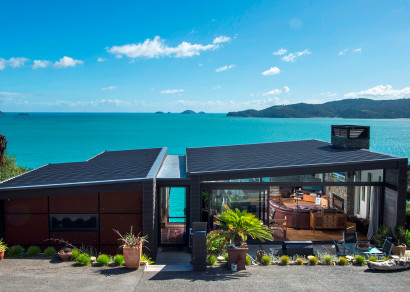



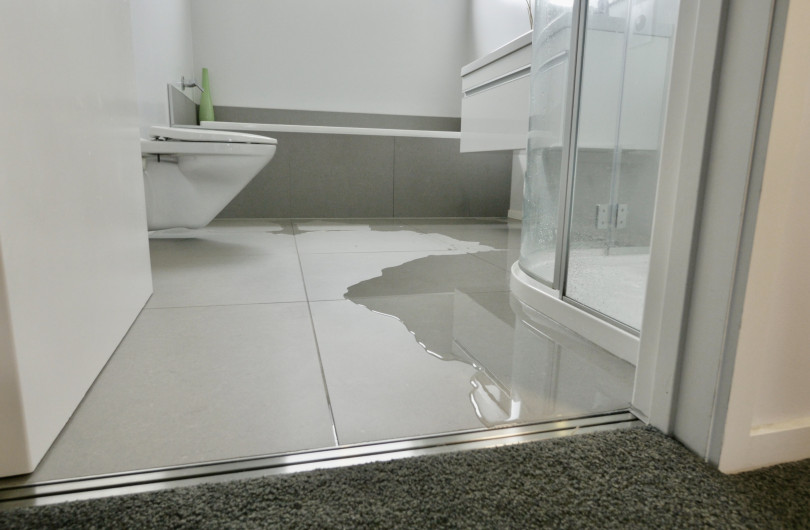
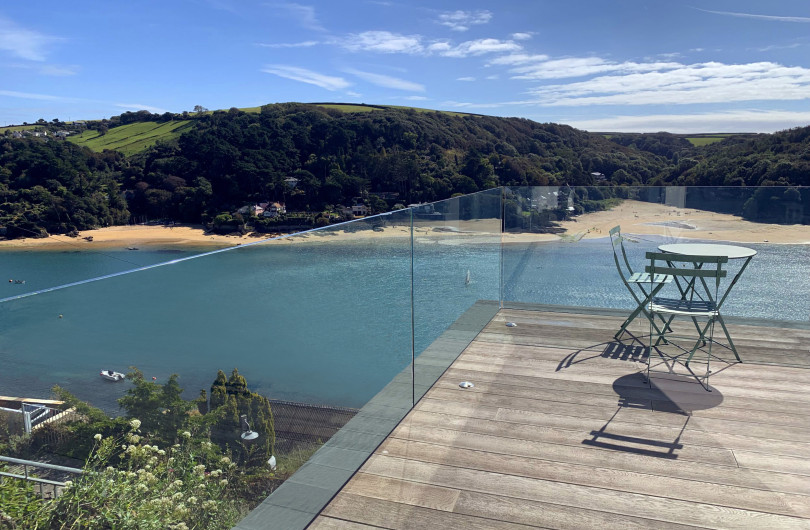
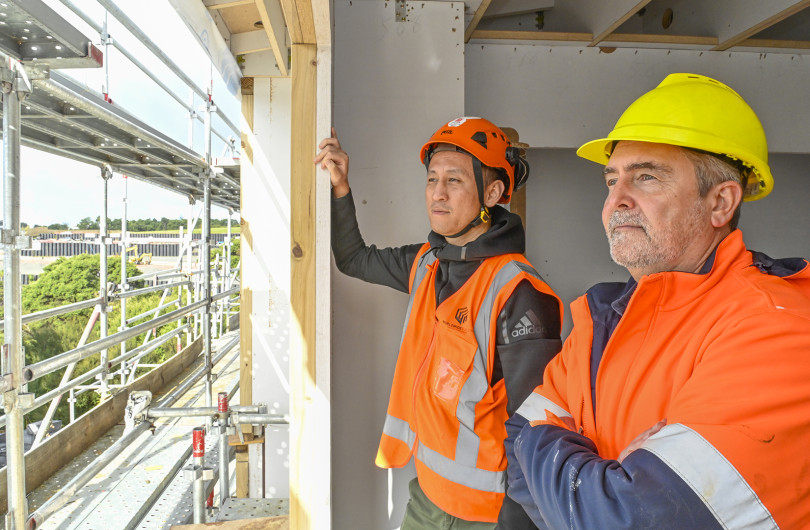
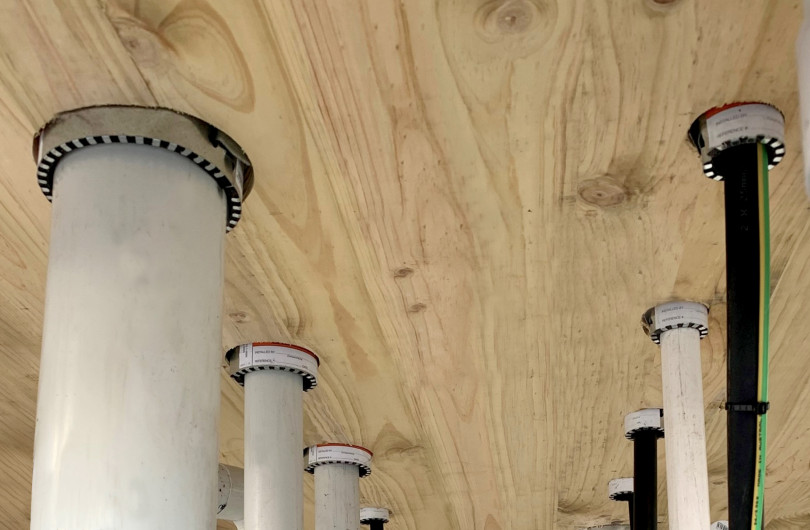



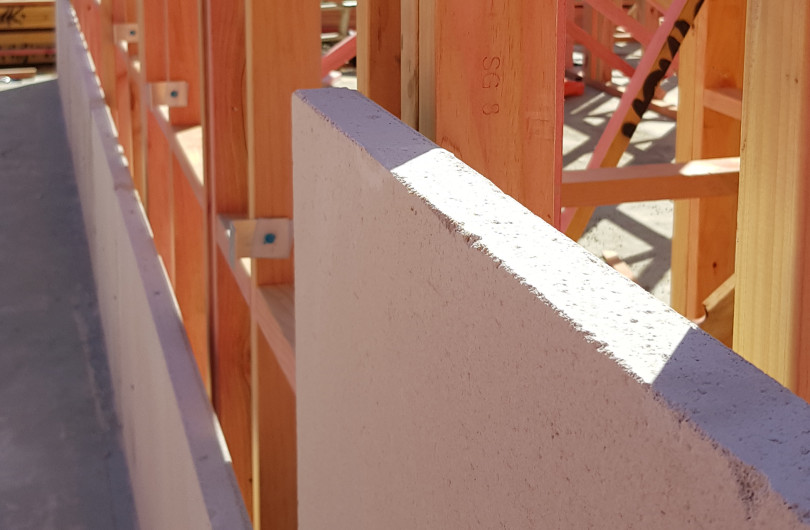







 Most Popular
Most Popular Popular Products
Popular Products



